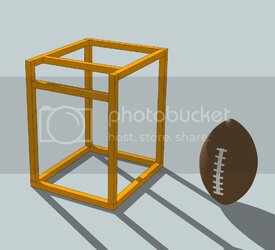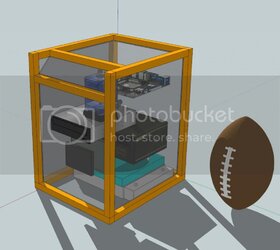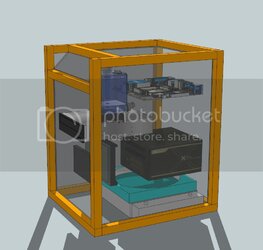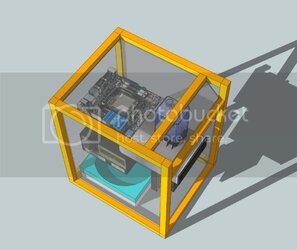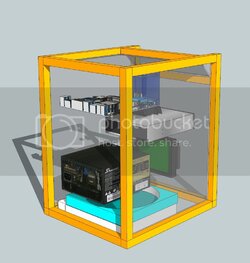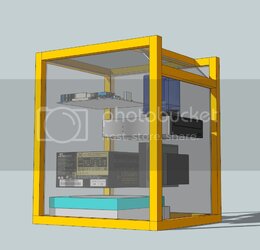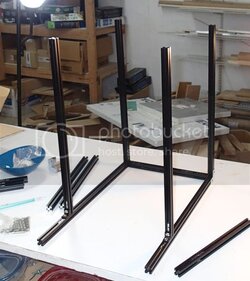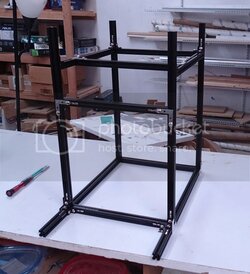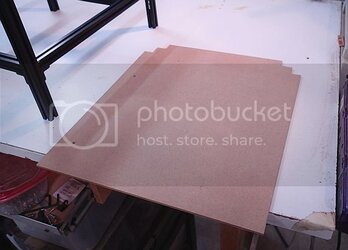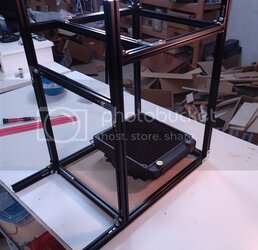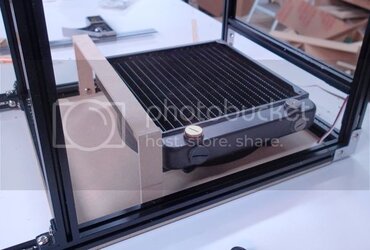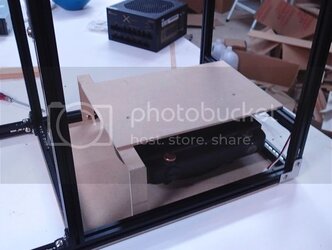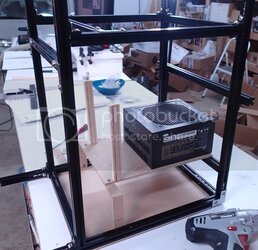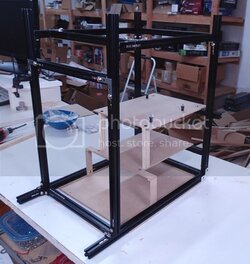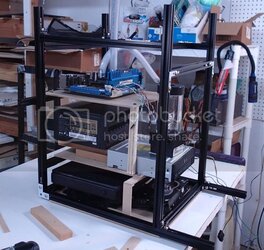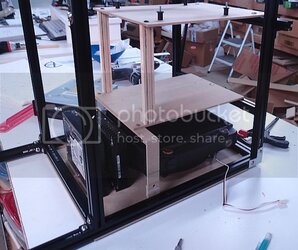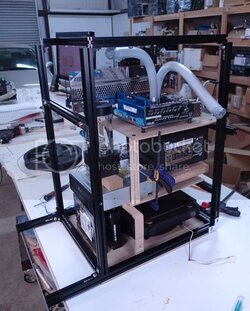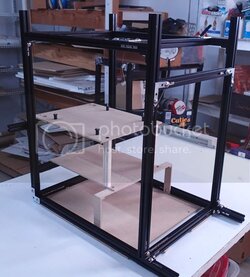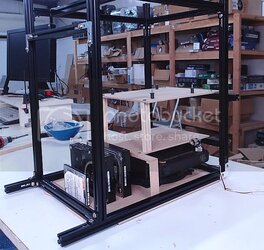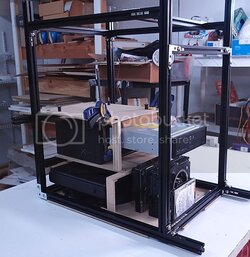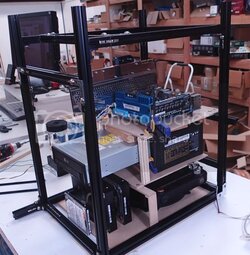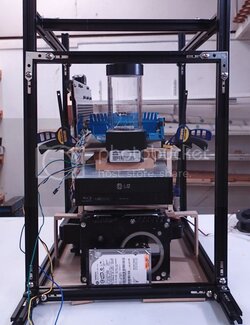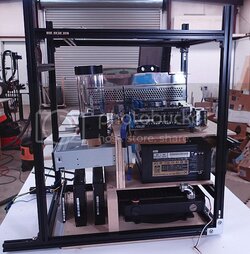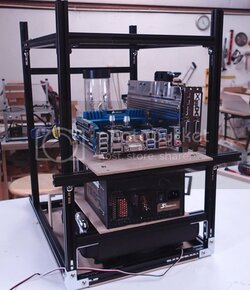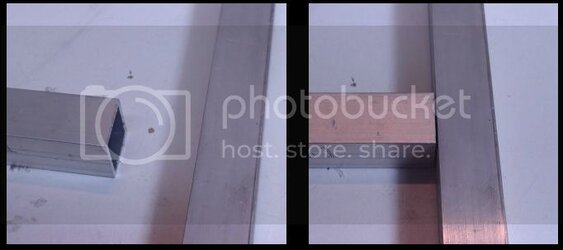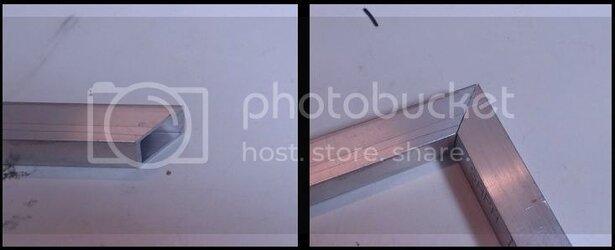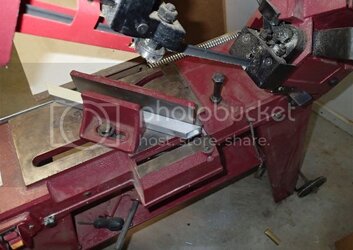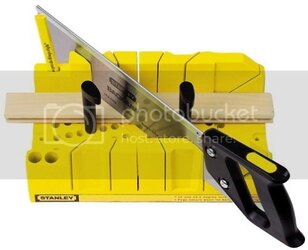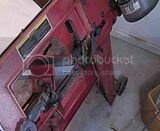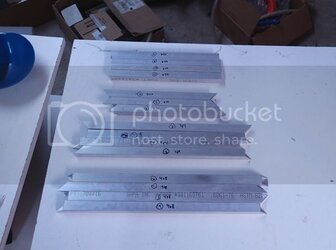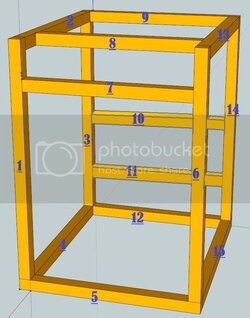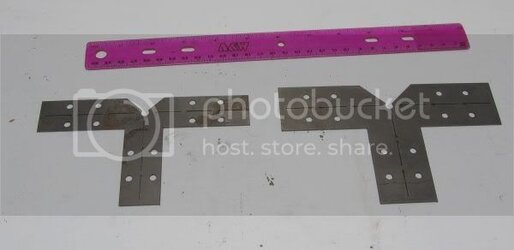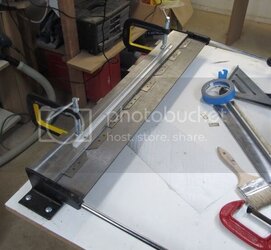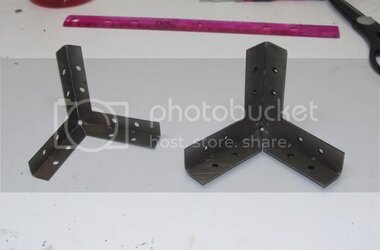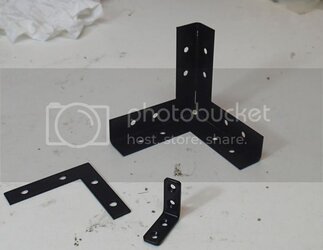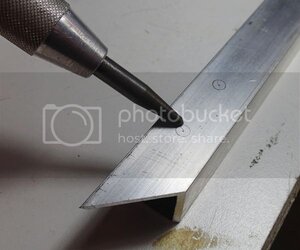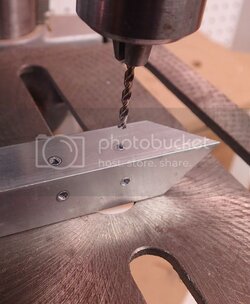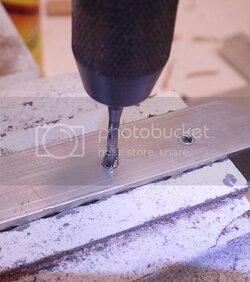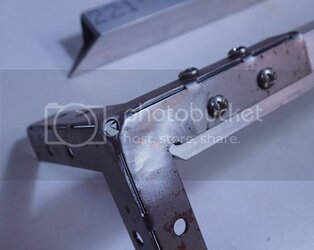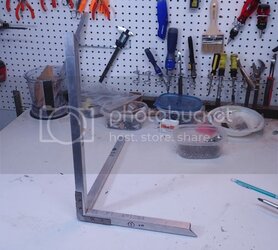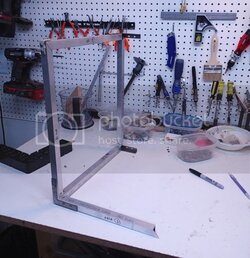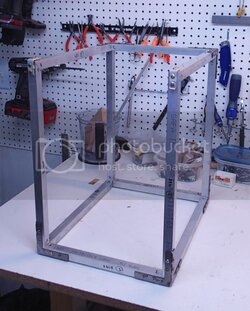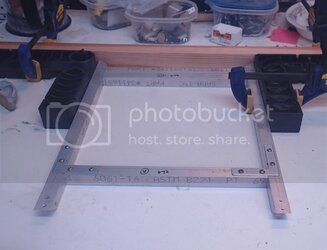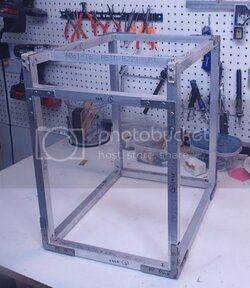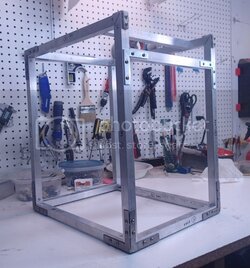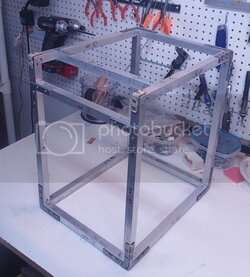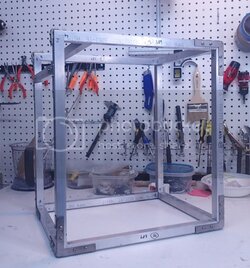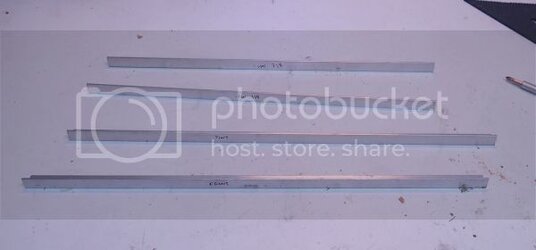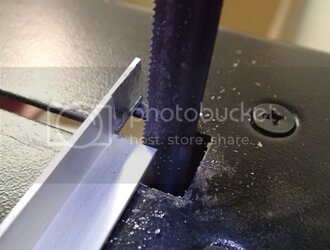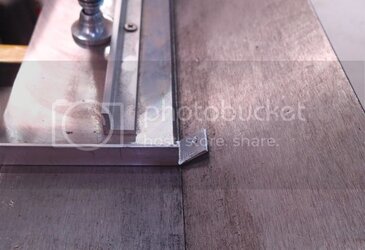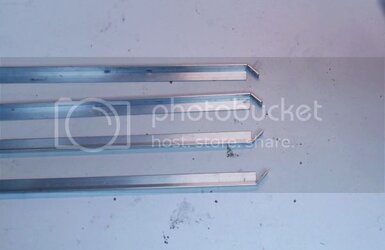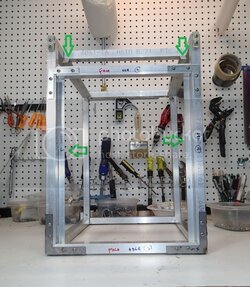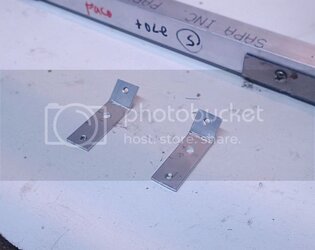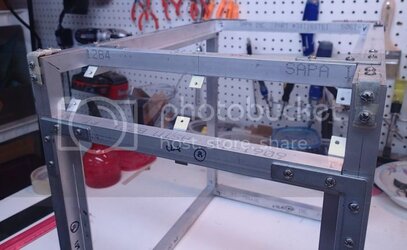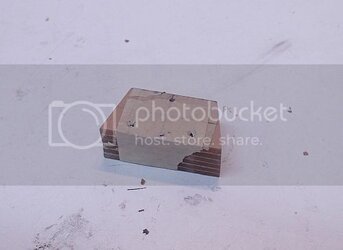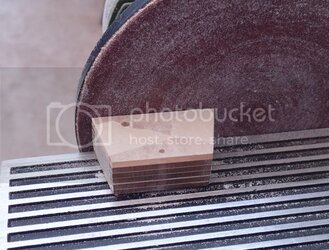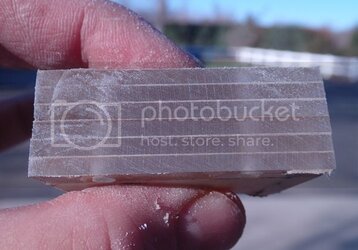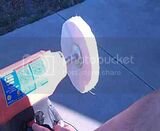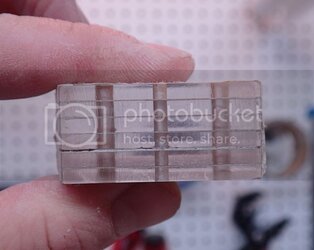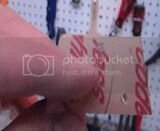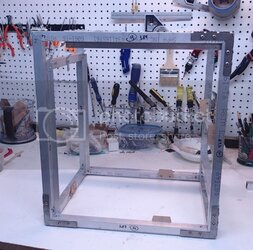- Joined
- Dec 7, 2003
Exoframe Mini

Hi all,
*** Special Note. This the complete real time build log. If you wish to skip to the completed project, click --> Here <--. ***
Time for my new project. This is my third visit to my Exoframe concept. so technically this would be the Exoframe 3.0.
Here is a link to the original Exoframe project.
http://www.overclockers.com/forums/showthread.php?t=597792
Here is a link to Exoframe 2.0.
http://www.overclockers.com/forums/showthread.php?p=7217964#post7217964
And a new twist for my modding. My first official sponsorship:

Unlike my previous two Exoframe based projects, this time I’m going compact!
Here are my goals:
1) Gaming PC based on a Mini-ITX platform, full sized video card, full sized power supply.
2) Small size, appropriate for a Home Theater component.
3) Watercooled.
4) I already have all of my components:
Intel I7 2700k (Swiftech Apogee)
Asus P8Z77-I Deluxe
XFX 7970 (Heatkiller full cover sink)
Seasonic X750 power supply
LG Blu-ray burner
2x 4gb Corsair Vengeance RAM
Swiftech MCP35x pump with XSPC Pump/res top
Samsung 840 500gb SSD
Phobya 200mm radiator
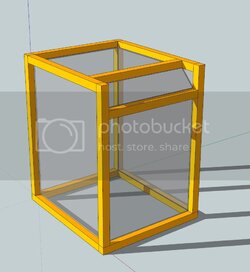
Hi all,
*** Special Note. This the complete real time build log. If you wish to skip to the completed project, click --> Here <--. ***
Time for my new project. This is my third visit to my Exoframe concept. so technically this would be the Exoframe 3.0.
Here is a link to the original Exoframe project.
http://www.overclockers.com/forums/showthread.php?t=597792
Here is a link to Exoframe 2.0.
http://www.overclockers.com/forums/showthread.php?p=7217964#post7217964
And a new twist for my modding. My first official sponsorship:

Unlike my previous two Exoframe based projects, this time I’m going compact!
Here are my goals:
1) Gaming PC based on a Mini-ITX platform, full sized video card, full sized power supply.
2) Small size, appropriate for a Home Theater component.
3) Watercooled.
4) I already have all of my components:
Intel I7 2700k (Swiftech Apogee)
Asus P8Z77-I Deluxe
XFX 7970 (Heatkiller full cover sink)
Seasonic X750 power supply
LG Blu-ray burner
2x 4gb Corsair Vengeance RAM
Swiftech MCP35x pump with XSPC Pump/res top
Samsung 840 500gb SSD
Phobya 200mm radiator
Last edited:
